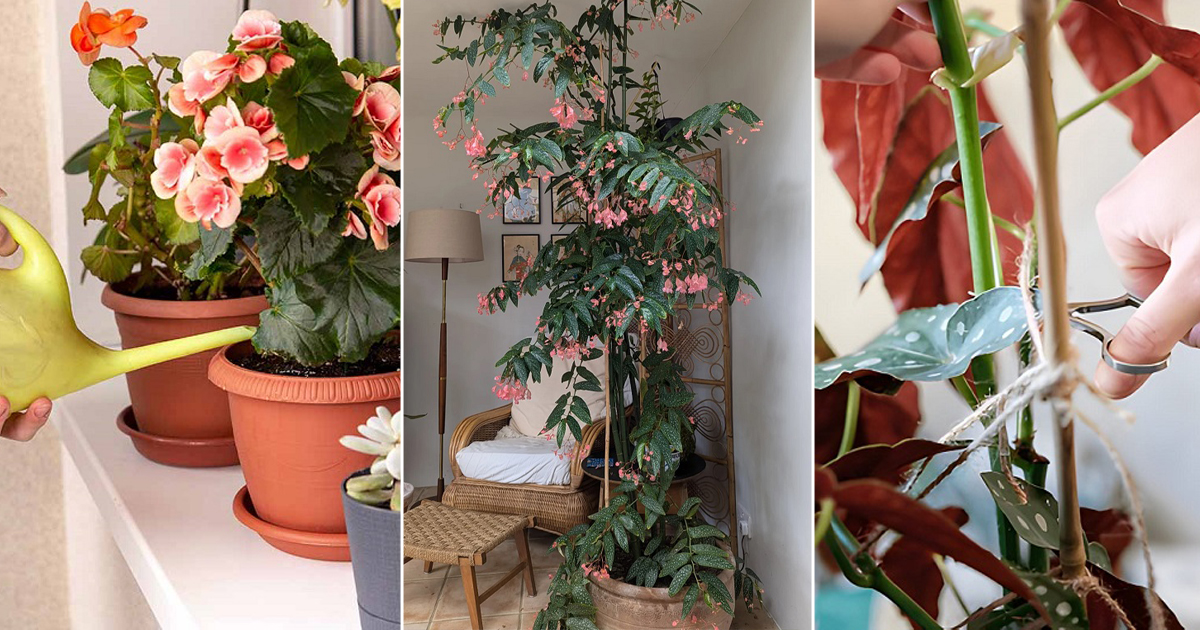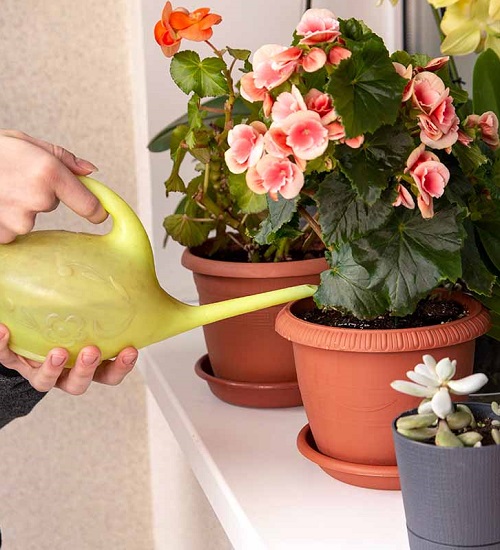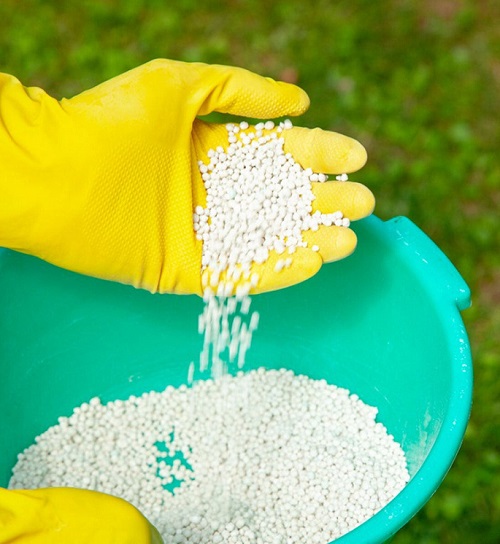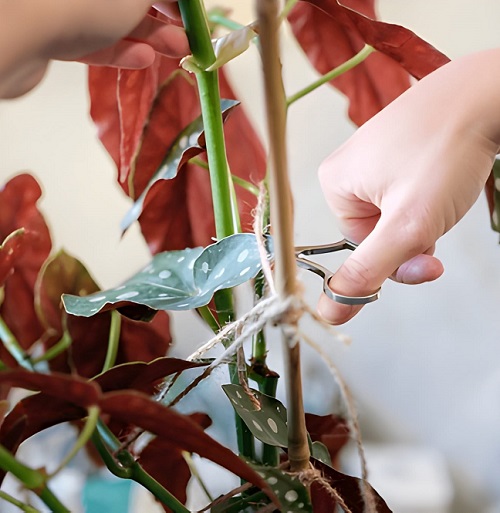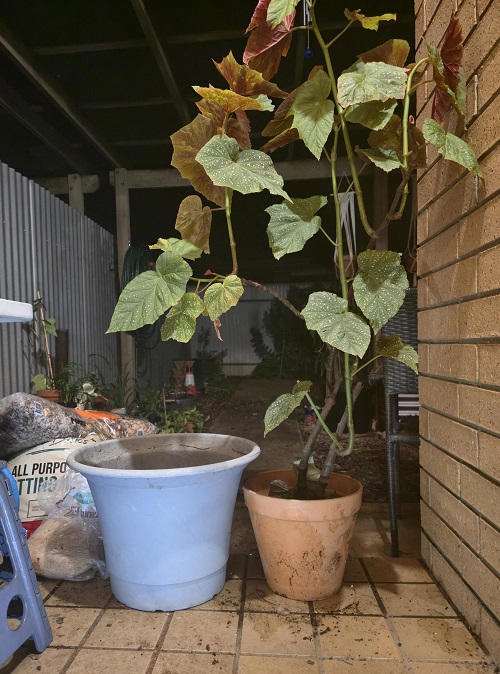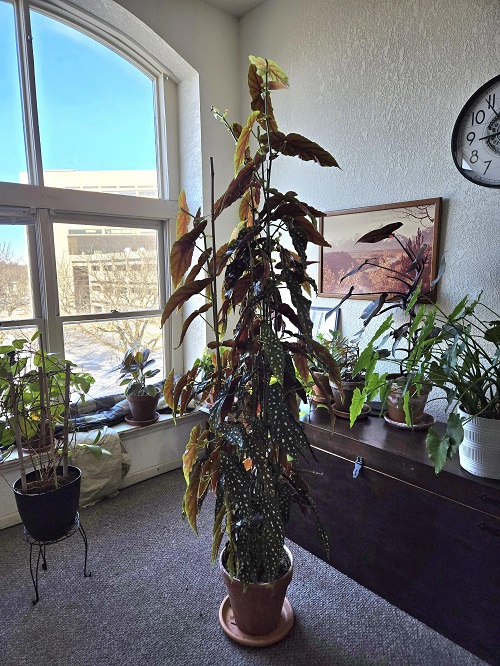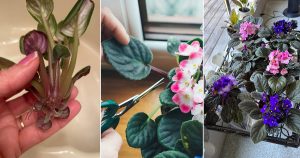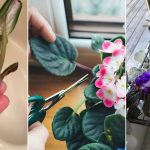Follow the secret tricks to make your begonia grow bushier and boost leaf growth. Enjoy a healthier and beautiful plant.

Want your begonia to look fuller and more beautiful? With a few simple tricks, you can help it grow bushier and healthier. These easy steps outlined in the article will help your begonia thrive, with lush leaves and lively blooms all season long.
Secret Tricks to Make Your Begonia Grow Bushier
Pinch Off the Growing Tips

The most effective way to make your begonia bushier is by pinching the tips. When you remove the top growth of a stem, the plant sends energy to the side buds. This encourages new branches to grow. Use your fingers or clean scissors to pinch about half an inch above a leaf node. Do this regularly when the plant is young. Over time, you will see more stems forming, making your begonia fuller and balanced in shape.
Give It Enough Light
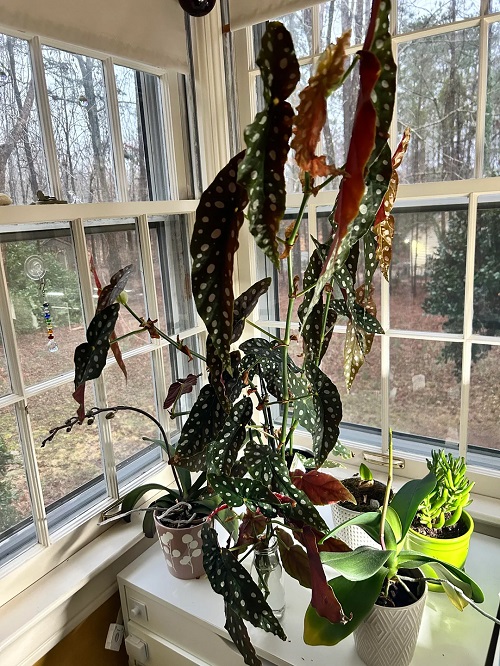
Light plays a big role in how begonias grow. If your plant is not getting enough light, it will stretch out and become thin. Place your begonia near a bright window where it gets indirect sunlight. Too much direct light can burn the leaves, so filtered light works best. When your plant gets steady, bright light, it grows compact and dense instead of tall and weak.
Water at the Right Time
Begonias do not like soggy soil, but they also do not like to dry out completely. Water only when the top inch of soil feels dry to the touch. When you water, make sure it drains well so roots can breathe. Overwatering causes root rot, while underwatering makes the plant weak. Consistent watering keeps your begonia strong and supports even, bushy growth.
Feed with Balanced Fertilizer
For indoor rhizomatous begonias, use a simple water-soluble fertilizer at half strength on moist soil in spring. Tuberous begonias grow best with a 5-1-1 fertilizer, such as organic fish emulsion, twice a month while blooming. For hardy begonias, use diluted fertilizer lightly with compost to avoid leaf damage.
Prune Older Stems
Besides removing faded flowers, older begonias sometimes need light pruning to get rid of dead or damaged stems and leaves. This also helps the plant keep a neat shape.
The best time to prune is in early spring if you live in a mild area. Cutting away old stems at this time encourages fresh, healthy growth. However, don’t wait too long, or you might cut off new buds and reduce future blooms.
When shaping your begonia, avoid cutting too much of the stem. This can stress the plant and slow its recovery. Instead, trim just the top part of the stem, making the cut right above a leaf node or growing bud.
Repot When Needed
Begonias grow well in pots with good drainage, both indoors and outdoors. To keep them healthy, they need to be repotted regularly so their tubers or rhizomes have space to spread. You’ll know it’s time to repot when the roots hold the soil together as you lift the plant out. Gently remove the roots or tubers and place them in a new pot with fresh soil, then water lightly.
Choose a pot only about 2 inches wider than the old one. If the new pot is too big, the extra soil will stay wet for too long. This can make it hard for the plant to absorb water properly and may lead to root rot.
Maintain Ideal Humidity and Temperature

Indoor begonias grow best in steady temperatures between 65 and 70°F. Most types do not like temperatures below 55°F. Tuberous begonias grown outdoors can handle cool evenings at the end of summer, but they will go dormant when the weather gets colder.
Since begonias come from tropical regions, they prefer some humidity—around 50%. If your home air is dry, place a bowl of water near the plant or use a humidifier to keep it healthy. In the garden, keep begonias in a sheltered spot because strong winds can easily damage their soft flowers and leaves.
Rotate the Pot Regularly
Begonias tend to lean toward the light source. If you keep your plant in one position for too long, it may grow unevenly. Turn the pot a little every week so all sides receive equal light. This simple habit helps maintain balanced growth and prevents one side from looking sparse.

